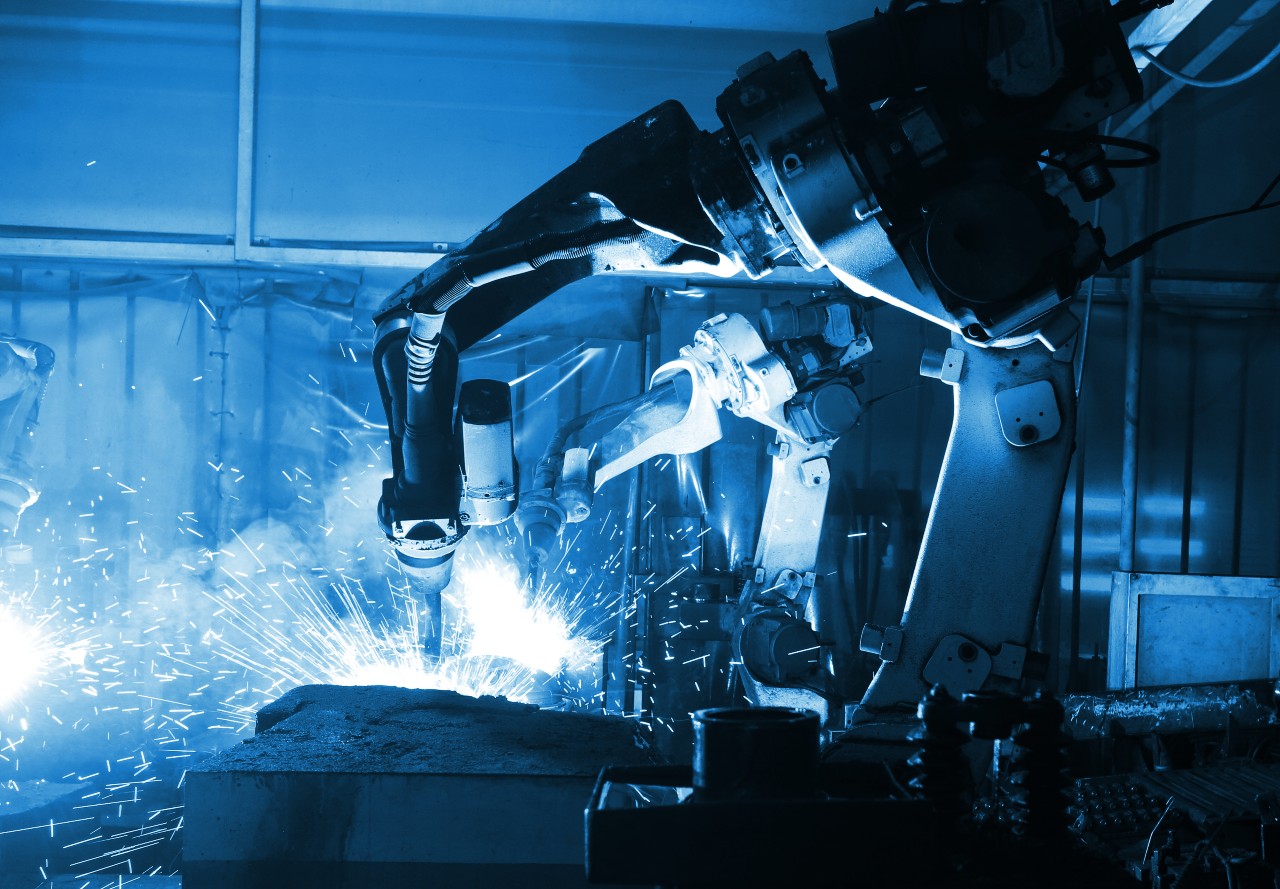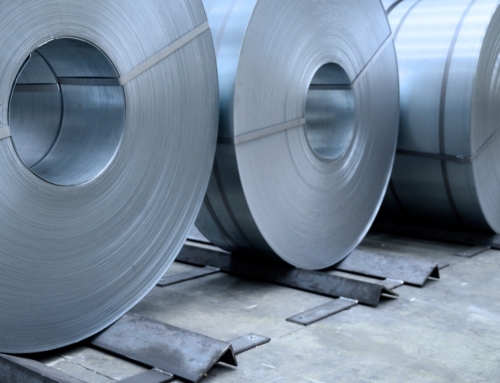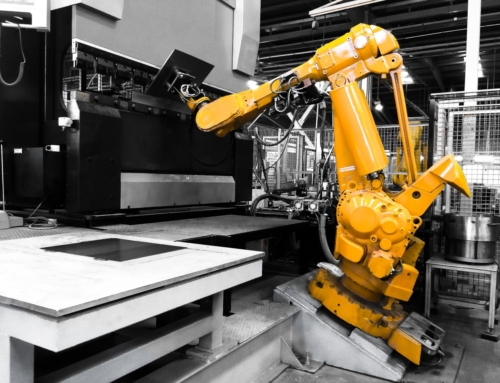5 advantages of robotic welding
The effectiveness of automation processes in welding operations
Robotic welding is today one of the most efficient solutions for those who work with industrial components and complex metal structures. Automating this process allows for extremely precise, uniform and reliable welding joints, reducing processing times and improving the quality of finished products.
Let’s see in more depth what is robotic welding, the main technologies used and 5 advantages that result from the use of automated systems in this process.
What is and how does robot welding work

Robotic welding is an automated industrial process that employs programmable robots to perform welding operations in a precise, efficient and repeatable manner. The heart of this technology is a robotic arm which can move along multiple axes to precisely reach welding points. The robot’s movements are programmed by CAD/CAM software or through so-called “teaching programming”, in which the operator physically guides the robot along the desired path, which is then memorized and repeated automatically. A centralized controller manages all operations: arm movement, speed, arc intensity, wire release and electrical parameters.
Robot welding can employ a variety of techniques, including MIG/MAG, TIG, plasma or laser, depending on the materials and application requirements. Operation takes place in controlled environments where sensors, cameras and artificial vision systems allow the robot to adapt to minimal variations in the workpieces, automatically correcting the trajectory or the power of the arc.
The robot works within a robotic island, often equipped with automatic loading/unloading systems and intelligent sensors that monitor the process in real time. These tools continuously adjust factors such as temperature, torch-to-workpiece distance and strain, ensuring the highest quality welds. Robotic welding is also ideal for complex or large workpieces, which are difficult to handle with manual welding. In more advanced contexts, it is integrated with data collection systems and predictive diagnostics, in the perspective of Industry 4.0.
Types of robotic welding: technologies and applications
Robotic welding systems can adopt different technologies, chosen according to the material, thickness and scope of application, specifically:
- MIG/MAG arc welding: ideal for mass production, it guarantees speed and good penetration. Particularly suitable for carbon steels, alloys and aluminium;
- TIG welding: perfect for precision machining on stainless steel and light alloys. It is often used in the food, pharmaceutical and metal furniture sectors;
- laser welding: uses a high-energy laser beam for extremely precise joints, with minimal thermal deformation and very fast cycle times;
- spot welding: used mainly in the automotive industry, it allows a fast joining of the sheets by means of pressure and electric current;
- continuous wire welding: suitable for prolonged machining on thick or long pieces. Ensures smooth and high productivity welds in repetitive processes.
5 main advantages of robotic welding
Robotic welding systems offer many advantages over traditional welding methods, especially in industrial environments where speed, precision and repeatability are required. Thanks to the automation of processes, it is possible to obtain more efficient results both from a production and economic point of view. The main advantages of robot welding include:
- increased productivity: welding robots can operate continuously, 24 hours a day. This allows a significant increase in the number of pieces produced in a given time interval. In addition, the speed and fluidity of robotic movements reduce cycle times, improving the overall efficiency of the production line. The result is a higher production capacity than manual welding.
- Consistent quality and greater precision: one of the greatest strengths of robot welding is repeatability. The robots perform each weld-in g according to pre-defined parameters, with a millimetre precision that minimises tolerances. This ensures smooth, solid and defect-free joints, improving the aesthetics and strength of the welds. The high quality of the products reduces the need for checks and processing, contributing to a more lean and efficient production.
- Time and cost savings: the combination of increased productivity, reduced errors and less rework leads to real time and cost savings. The optimized use of materials such as welding wire and protective gases reduces waste, while the reduction in machine downtime allows for lower operating costs.
- Reduction of production waste: thanks to the precision of the robotic process, the percentage of defective or remanufactured parts is drastically reduced. This results in a reduction of material waste and greater sustainability of the production cycle. The reduction of waste also allows to optimize the use of raw materials and to keep under control the costs related to disposal.
- Enhanced process tracking and control: modern robotic welding systems can be integrated with monitoring and control software that records all operational parameters in real time. This enables complete traceability of the welding process, useful for quality management, predictive maintenance and regulatory compliance. The data collected can be analysed to further optimise production cycles and take prompt action in case of anomalies.
Robotic welding therefore not only improves production efficiency, but also allows a more rational and cost-effective management of resources, helping to make companies more competitive in a market increasingly oriented towards quality and cost optimization.
Ferrero Industrial: high precision robotic welding for complex industrial processes
Ferrero Industrial, specialized in the production of high precision metal components, constantly invests in research and development of cutting-edge production technologies to offer tailor-made solutions and compliance with high quality standards. The company has 5 robots with an operating range of 1,900 mm, 6 controlled axes and PMC welding technology, which allow it to make precise joints of the highest quality, guaranteeing short delivery times and a strict quality control.
The use of state-of-the-art robotic welding machines makes it possible to meet the needs of high technical precision sectors, such as aerial platforms, drilling machines and industrial vehicles. The flexibility of the plants allows you to move quickly from one order to another, adapting both to series production and customized batches. Relying on Ferrero Industrial means choosing a partner capable of offering high quality standards and an approach oriented to maximum efficiency, in full compliance with the technical specifications of the customer and the regulations in force.
If you would like more information about products and services offered, please contact us.








